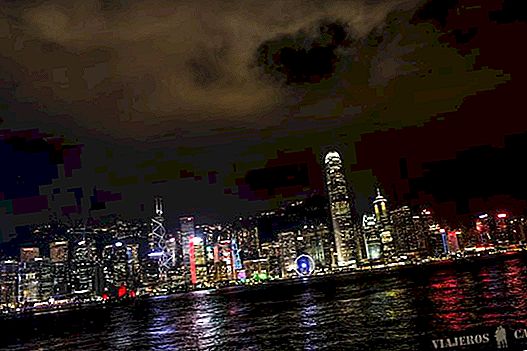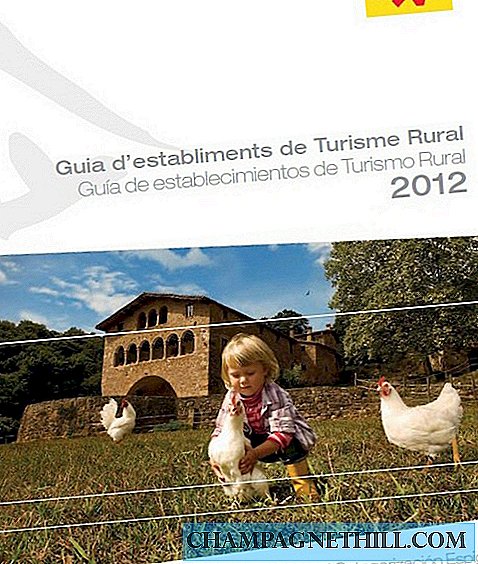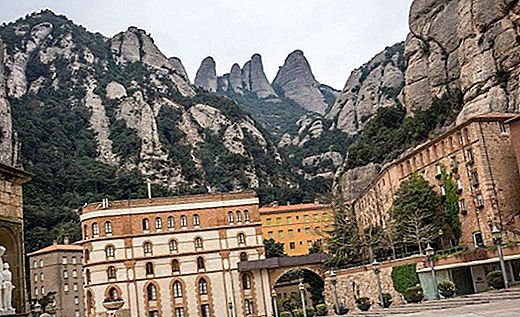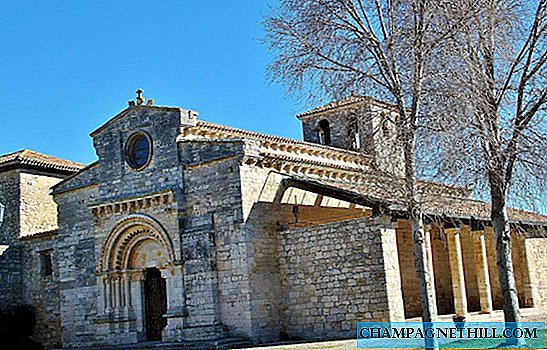
Mozarabic church of Wamba in the province of Valladolid
One of the great jewels you will discover during a route through the province of Valladolid is undoubtedly the Mozarabic church of Santa Maria.
Moreover, it can be an excursion from the capital itself because this church is found in the town of Wamba, just 17 kilometers from Valladolid, in the region of Los Montes Torozos.
Surely you remember that Wamba He was one of the Gothic kings whose list you might learn at school. And precisely the name of this small town is due to the fact that the king lived there on the throne Recesvinto back in the year 672.

Mozarabic church of Wamba in the province of Valladolid
At that time the town was called Gertics, and at present, having acquired the denomination of Wamba In honor of the aforementioned King Godo, as a curiosity I will tell you that it is the only town in Spain whose name begins with W.
But what should lead to visit Wamba It is without doubt the aforementioned church whose origins date back to the seventh century, when it is thought that there was a Visigoth monastery.
Mozarabic church of Wamba
If you are lucky enough to reach Wamba On a non-holiday or high tourist season, you will find the beautiful scene outside the church.
This exterior shows a very simple Romanesque cover that was finished in the year 1233, as you can see on the date inscribed on the eardrum, and a porticoed side by which it is usually accessed inside.

Romanesque cover of the Mozarabic church of Wamba in Valladolid
The oldest part of the current building of the church of Santa María de la O, which is what it is called, you find it at the head of the 10th century, which has three horseshoe arches.
The question is whether they are really about Mozarabic arches. or have their origin in the Visigoth architecture, which also uses this type of arches. Technicians refer to this architecture as of restocking style.
The truth is that this header can remind you to a certain extent of that of a pre-Romanesque church, such as that of Santa Cristina de Lena in Asturias, with its characteristic iconostasis, area that separates the presbytery from the central nave.

Romanesque cover of the Mozarabic church of Wamba in Valladolid
On the back wall there are still remnants of the paintings that once completely decorated the interior of the church, a way of giving light to a building with very small windows.
If you already look at the central nave, you will see that it is the result of a reconstruction carried out from the year 1140, in late Romanesque style, with wooden roof, slightly pointed arches and slender columns.
The capitals of these columns decorated with symbolic scenes of plants, people and animals.

Head of the Mozarabic church of Wamba in Valladolid
This is the time when Wamba settles Knights Hospitallers of San Juan Bautista, order born in Jerusalem, and today known as the Order of Malta. that they had their great religious center in the Co-cathedral of San Juan in Valletta.
Also at that time is when a Cistercian monastery.
In this central nave you must look at the aforementioned capitals, and you will find a couple of prominent graves, one of Renaissance style.

Capitals in the Mozarabic church of Wamba in Valladolid
For its part, the Chapter Hall, covered with ribs, is Cistercian style.
During your visit to the Mozarabic church of Wamba you will leave the enclosure of what was the monastery cloister, now almost completely disappeared, of which only its structure remains.
Wamba Ossuary
Now, in one of the small rooms of this cloister is a dark corner that has made this church famous: the one known as Wamba Ossuary.

Chapter Hall of the Mozarabic church of Wamba in Valladolid
If you do not get apprehension to enter, crowded and supported on the walls you will find bones and skulls of about 1,500 people.
It is known that the bones date back to between the fourteenth and seventeenth centuries, and in the 50s were analyzed by the Doctor Marañón, who took a large part of them to the Complutense University of Madrid.
The old men of the place remember that the enclosure of the ossuary was completely covered by the gaps, including its barrel vault, so by then there were twice as many bones as you can see now.

Ossuary of the Mozarabic church of Wamba in Valladolid
In sum, a somewhat gloomy place, where, as an anecdote, spending a night there was a prize won by contestants on the popular television show One, two, three, answer again.
Opening hours visit Wamba church
The visiting hours of the Mozarabic church of Wamba they are, from May to October, Fridays from 5 pm to 7.30 pm; Saturdays, Sundays and holidays, from 11 a.m. to 1.30 p.m. and from 5 p.m. to 7.30 p.m.

Enclosure of the old cloister of the Mozarabic church of Wamba
The rest of the year you should call 679 142 730.
He price of admission It is 1.50 euros per adult.
Photos Wamba church
Here you have more photos of the Mozarabic church of Wamba in Valladolid, and of his famous ossuary.
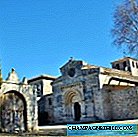
- Mozarabic church of Wamba in the province of Valladolid
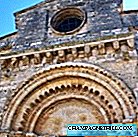
- Romanesque cover of the Mozarabic church of Wamba in Valladolid
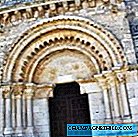
- Romanesque cover of the Mozarabic church of Wamba in Valladolid
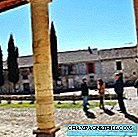
- Portico side of the Mozarabic church of Wamba in Valladolid

- Paintings at the head of the Mozarabic church of Wamba in Valladolid
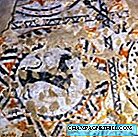
- Paintings at the head of the Mozarabic church of Wamba in Valladolid

- Central nave of the Mozarabic church of Wamba in Valladolid
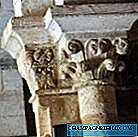
- Capitals in the Mozarabic church of Wamba in Valladolid
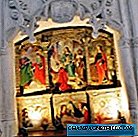
- Grave in the Mozarabic church of Wamba in Valladolid
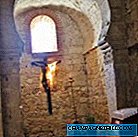
- Chapel in the Mozarabic church of Wamba in Valladolid
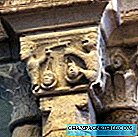
- Capitals in the Mozarabic church of Wamba in Valladolid
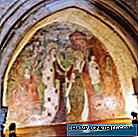
- Grave in the Mozarabic church of Wamba in Valladolid
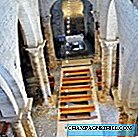
- Central nave of the Mozarabic church of Wamba in Valladolid
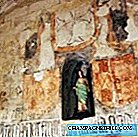
- Chapter Hall of the Mozarabic church of Wamba in Valladolid

- Ossuary of the Mozarabic church of Wamba in Valladolid

- Ossuary of the Mozarabic church of Wamba in Valladolid





















